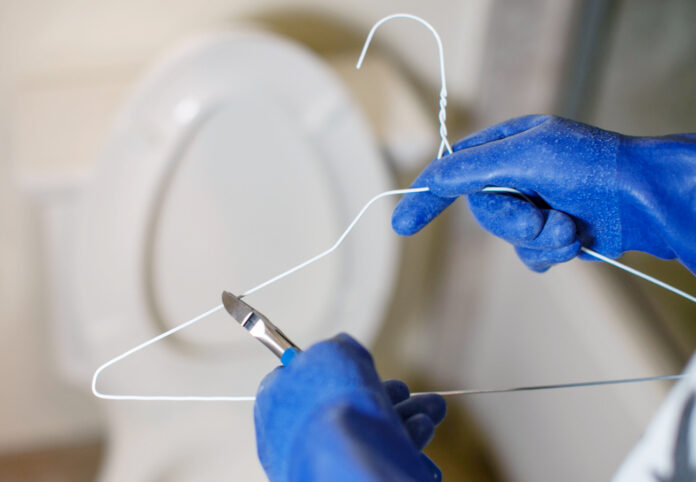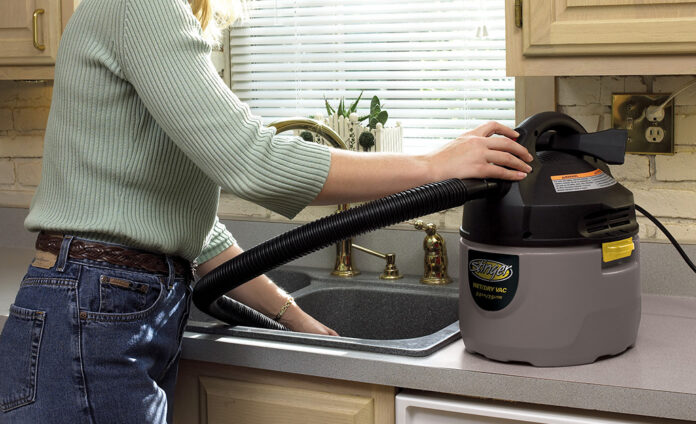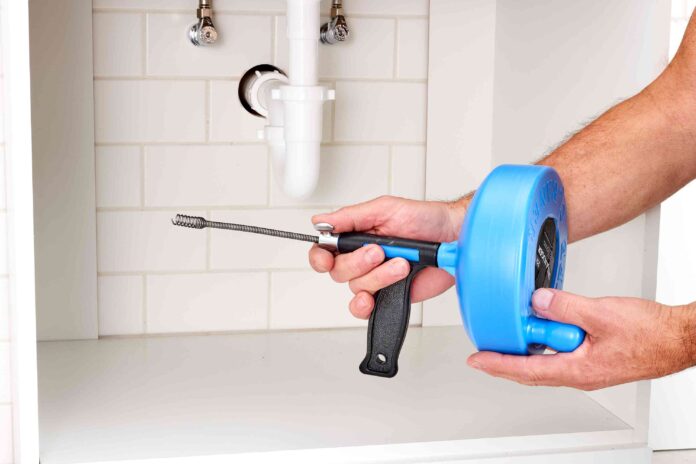Overflowing sinks and basins flooded kitchens and bathrooms, and the foul, gut-wrenching smell of jammed toilets together conjure up one of the worst nightmares of householders. The culprit is almost always a clogged sewer line.
Added to the disgust, panic, and chaos that such a situation causes is an overarching feeling of confusion and helplessness. Should you call a plumber? How long will it take for the plumber to reach? Should you just go in with a plunger? Questions like these further complicate the situation.
While on one hand, the service of an efficient plumber in such crucial times is like gold dust, on the other, ineffective DIY solutions are more likely to add to your woes than solve them. The good news is there are several effective ways of fixing your clogged drain without the help of a professional plumber. Read on to discover some of them.
How To Know If Your Sewer Line Is Clogged?
Drains and sewer lines generally clog gradually. There can be many reasons behind this, including damage to the joints, corrosion of pipes, and deposition of dirt and debris. To fix the sewer line, you first need to determine the cause behind it, which can often seem tricky.
Besides, it is also difficult to locate which part of your drainage system has the clog. While local clogs at the drains of sinks, toilets, and gutters can be easier to fix, those in the main sewer line are more likely to need professional attention.
Looking for a good plumber who would show up at your door when you need them? Find here the one-stop solution to all your plumbing woes, including trenchless sewer line repair.
Intend to solve the problem yourself? First, we need to ascertain what the problem is. To be sure that there is a clog, look for the following signs:
- Foul water: One of the classic signs of a drain clog is dark, foul-smelling water coming out of your drains. That most frequently happens at the lowest point of entry into the drain, generally your shower floor, tub, or floor drain.
- Jammed drains: When there is a clog forming in your sewer line, most drains in your house are likely to slow down. In such cases, the water starts pooling when you use your sinks.
- Strange sounds: On using sinks, washing machines, and toilets, air bubbles form inside pipes. When clogged, the water and these bubbles cause strange sounds in the pipes. These might seem to be coming from your taps, walls, and even ceilings.
5 Ways To Fix Clogged Sewer Lines
1. The Classic Wire Hanger Technique

First, let us begin with the classic bent wire hanger technique that most householders have used at some point in their lives. You need to straighten a wire hanger as much as possible and fold one of its ends into a hook.
Now, push your super weapon down the drain and look for any object obstructing its path. These are the potential blockers that have clogged your drain. Pull out any such item that you chance upon inside the pipe. However, be cautious not to push anything further down.
Once you have got the junk out, clean the drain with hot water.
2. Good Old Baking Soda And Vinegar
Next up is a handy trick from the kitchen. Add one-third of a cup of baking soda to one-third of a cup of vinegar to create a fizzy mixture. Pour this down the drain immediately and watch as it works like magic. Wait an hour and pour hot water into the sink to find that the clog has disappeared.
Baking soda is one of the most efficient cleaning agents that you would find in any average kitchen. Its mild alkaline nature enables it to dissolve grease and dirt within seconds. Vinegar, on the other hand, works wonders in neutralizing acidic odors. Therefore, the magic.
3. Vacuum It Out

If your drains are prone to clogging, consider investing in a wet and dry vacuum. This little gadget can be a real savior, especially if you have kids in the house.
Before using a vacuum, cover the vent to avoid creating a mess. Now, fix your cleaner over the drain line and create a tight seal. Adjust the vacuum settings to liquids to give it enough potential to draw out all dirt and debris into the bag.
If the vacuum doesn’t work, try using it with other methods, like the bent wire hanger.
4. Caustic Soda
If you have a chemist within, this method will be thrilling and satisfying for you. However, since caustic soda is known to cause severe burns, wear adequate protective gear like goggles and rubber gloves.
Take a bucket and fill it with 15 liters of water. Add exactly 3 cups of caustic soda to create a solution. Sit it well to create foam and bubbles. Pour this into the drain and wait for 30 minutes. Now, pour boiling water into the drain to clean everything out.
5. The Drain Snake

A drain snake is a special tool built to clean clogs in household drains. They are available at hardware and plumbing stores. It consists of a thin, flexible auger that clears out clogs when pushed inside pipelines.
Push one side of the snake into the clogged drain and start turning the handle. Push it in until it touches potential blockers like debris which offer resistance. Rotate the handle against this blockage, and the snake will bring it out.
Conclusion
Home remedies for unclogging sewer lines can work great in the case of local clogs. Especially in emergencies when contacting the plumber or scheduling a service seems impossible, these come in very handy. However, these cannot solve all kinds of clogs, like the ones in the main sewer lines.
In such cases, contacting professionals is always a safer option. That is because professional plumbers have access to specialized tools and proper knowledge that is not available to others.
If you attempt to solve the problem by yourself, be sure to arm yourself with the right tools and use proper protection like rubber gloves, aprons, and glasses. Also, be careful while dealing with foul water as it might cause infections on coming into contact with your skin.








